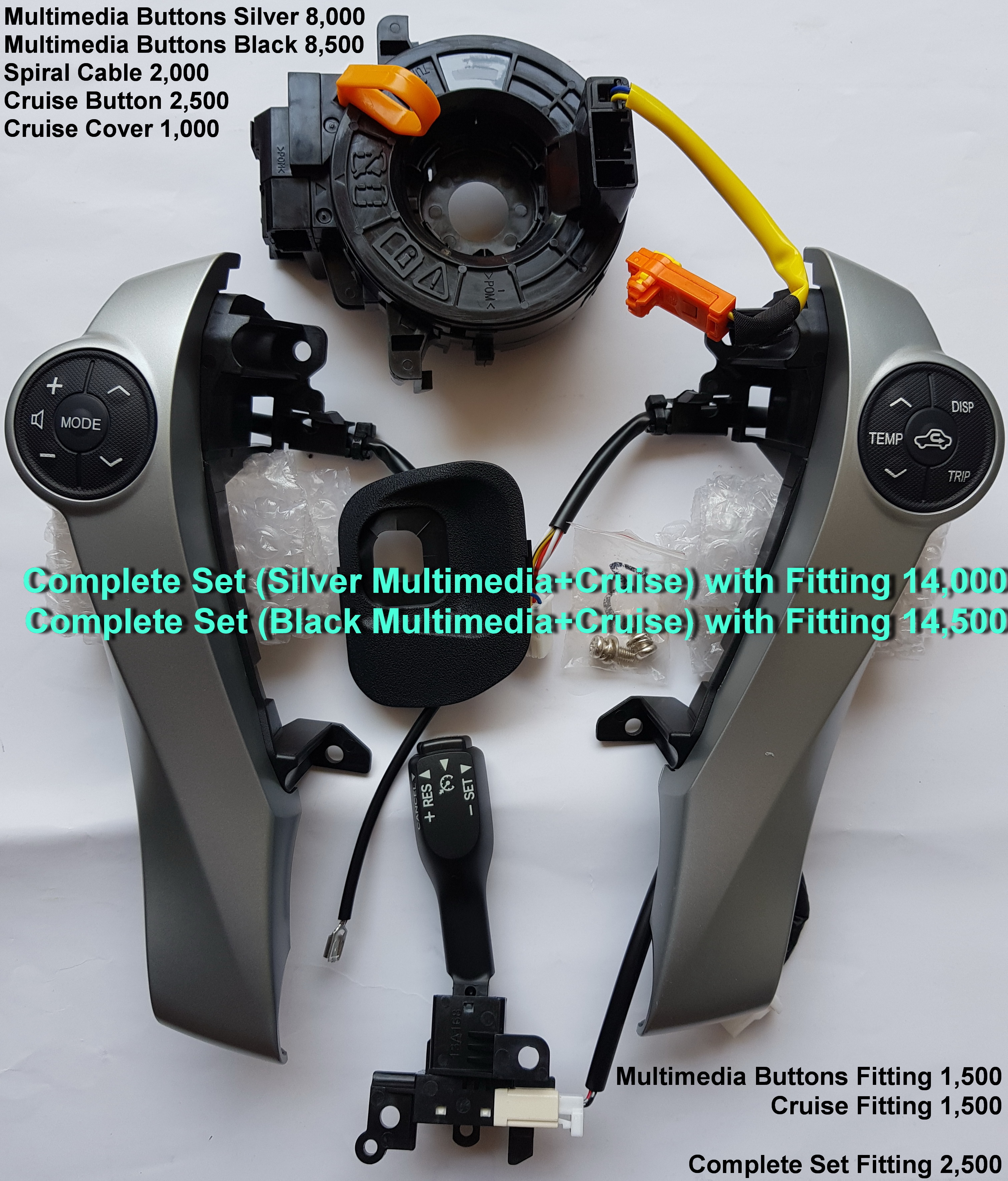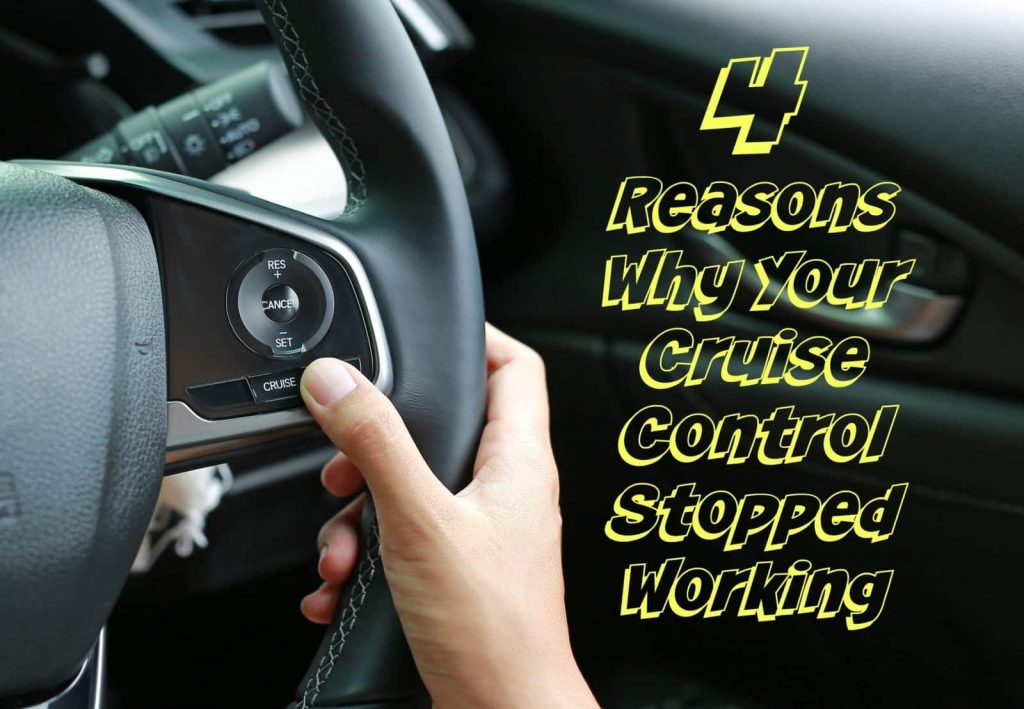Table Of Content

Once you have safely passed, tap lightly on your brake pedal to dry off your brake rotors. Or, when you’re feeling sleepy, it’s best to leave the cruise control turned off. Driving while tired isn’t a good idea in the first place, and a constant speed only adds to that.
Tips for driving safely in the rain
It’s best to only use your cruise control in optimal conditions and not in the rain or on wet roads. Driving at high speeds on wet roads might cause your vehicle to lose traction and hydroplane because your tires spin too quickly to grasp the surfaces effectively. It is preferable to avoid utilizing cruise control when the weather is bad, such as rain. Using cruise control at high speed, your automobile may hydroplane while approaching standing water.
How to keep safe in all weather conditions with Motive
Therefore, you shouldn’t use cruise control set at your normal speeds on any route in the rain. You should revise it and reduce the speed—and that is only if you choose to use cruise control. Motive builds technology to improve the safety, productivity, and profitability of businesses that power the physical economy. The Motive Automated Operations Platform combines IoT hardware with AI-powered applications to automate vehicle and equipment tracking, driver safety, compliance, maintenance, spend management, and more.
Top tips for driving safely in the rain
This is made worse by cruise control, which may force you to apply your brakes to recover control of the car. Rain after a period of hot and dry weather generates slick roadways. As a result of this rain causes the oil and grease on the road to rise to the surface. You can increase this gap time with adaptive cruise control when it rains.
Let's Debunk The Idea That It's Not Safe To Use Cruise Control In The Rain
Your foot won’t be on the accelerator during cruise control, so your braking might take longer if there’s any danger ahead. I will cover all these versions while explainingthe pertinent safety concerns of using cruise control in the rain. The bigger question, of course, is whether or not it is actually dangerous to use cruise control in the rain. I did a bit of research and found some pretty mixed opinions. Our sibling site Lifehacker came out supporting the cruise-in-the-rain ban back in 2014, and you can find this issue being discussed, either supporting or debunking, as far back as 2006 at least.
Slow down and turn off cruise control
While cruise control may seem a safe option for driving long distances in heavy rain, the less-manual cruise control approach may be more of a hindrance when confronted with split-second judgments on slick roads. Cruise control allows drivers to maintain a steady speed while using less gas. A car at a very high speed can lose contact with the road when there’s standing water, especially if the tires have treads worn down to 3 mm (0.12 inches).
Road safety tips for driving in wet weather - The Dallas Morning News
Road safety tips for driving in wet weather.
Posted: Fri, 27 Oct 2023 07:00:00 GMT [source]
Is It Safe to Drive in the Rain With Cruise Control On?
Staying safe while driving in the rain is simple if you make a conscious effort to employ these safety precautions. Keep a greater distance between your vehicle and the car in front of you. Stopping your vehicle will be more difficult when driving in the rain. Maintain a distance of several car lengths between your car and other vehicles.
No, but only if you have traction control and electronic stability control enabled in your vehicle. Ice, slush and snow is a different matter because you shouldn’t be travelling fast enough to warrant using cruise control and many vehicles don’t let you set cruise control at less than around 30kph. What makes this dangerous in the wet is aquaplaning (or hydroplaning). Aquaplaning is where your wheels ride up on a cushion of water, essentially sliding over the surface of the water, because the tread in the tires is not deep enough to disperse the water fast enough. Since you have lost traction at that point, it’s easy to leave the road and crash.
This will allow you to maintain full control of your vehicle and adjust the speed of your automobile according to how the road is being driven. Hydroplaning is more likely to occur in worn tires, therefore maintaining their condition is another way to avoid losing control of your car in the rain. Radar distance – This setting can identify other vehicles and will automatically maintain a safe following distance behind them. It’s true that you’ll probably be more alert while using cruise control in the rain than you are when driving in pleasant conditions.
Our DRIVE program contextualizes critical safety events, considering weather as well as road conditions and driver action and more. This lets your safety department see specific driver scores and behaviors to immediately take action. In fact, drivers are required to turn on vehicle headlights when it rains in many states (day or night).

The risk of skidding or hydroplaning can be higher if the truck’s center of balance has changed with cargo shifting unexpectedly on the journey. You should adhere to the posted speed limit when driving in wet weather conditions, but you should also drive considerably slower than you normally would. In addition, your vehicle’s reaction time is much slower when it is raining. When it comes to driving in low-traction conditions, there’s nothing like human senses and inputs. When a driver’s foot is on the pedal, they can detect tire spin, lift-off, and apply the brakes. That could mean the difference between a collision and driving away safely.
However, when coupled with rain, this can lead to disastrous — and potentially deadly — results. If you are driving in the rain, always, always disable your cruise control. If you do start to hydroplane, let up on the gas, hold the steering wheel with both of your hands, and steer in the direction of the skid. Once you’re back in control, you might want to pull over a bit to get your bearings and regroup.
This is meant to improve your visibility and the ability of other drivers to see you. A newer car comes with automated running lights but, in the rain, turning the actual headlights on will also turn on the backlights. Be especially wary in the first 10 minutes after the rain begins. This is a particularly dangerous time as the rain will mix with the oil on the road to make roads slicker. After the rain washes the oil away, the roads will be safer but you should still drive cautiously. The United States sees an average of 30 inches of precipitation annually, including hail, drizzle, sleet, and snow.
All states require headlights to be on in bad weather when visibility is low. Many states also require that when the windshield wipers are on due to bad weather, the headlights must also be on. A 36 year old female had an accident several weeks ago and totaled her car. A resident of Kilgore, Texas, she was traveling between Gladewater & Kilgore. It was raining, though not excessive, when her car suddenly began to hydroplane and literally flew through the air.
But wet weather driving can be hazardous, causing skids, hydroplaning, and slick roads. It can be tough to keep control of your vehicle when roadways are wet, but these tips can help you stay safer. Follow these tips to tackle rainy roads like an expert — and know when it’s smart to avoid driving, turn around, or pull over to wait for the rain to pass.

No comments:
Post a Comment